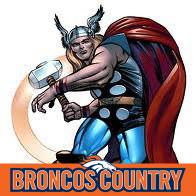In which direction on the compass am I steering if I am sailing on a heading of 135°?
In navigation, the heading of a vessel or aircraft is the compass direction in which the craft's bow or nose is pointed.
A compass is an instrument used for navigation and orientation that shows direction relative to the geographic cardinal directions (or points). They are recorded as having been used by the Chinese mariners since circa 206 B.C.
Usually, a diagram called a 'compass rose' shows the directions north, south, east, and west on the compass face as abbreviated initials, (N), (S), (E) and (W).
Heading is typically based on compass directions, so 0° (or 360°) indicates a direction toward true North, 90° indicates a direction toward true East, 180° is true South, and 270° is true West.
As a compass is circular and therefore made up of a total of 360°, it can be deduced that the heading of South-East, which is halfway between true East (90°) and true South (180°) must be 90° plus a half of 90°, which is 45° ... this is how the correct answer of 135° is obtained. To sail on a heading of 135° is to move in a South-Easterly direction.
Note that the heading may not necessarily be the direction that the vehicle actually travels, which is known as its course or track. Any difference between the heading and course is due to the motion of the underlying medium, the air or water, or other effects like skidding or slipping. Constant monitoring of the compass is essential.
More Info:
en.wikipedia.org





